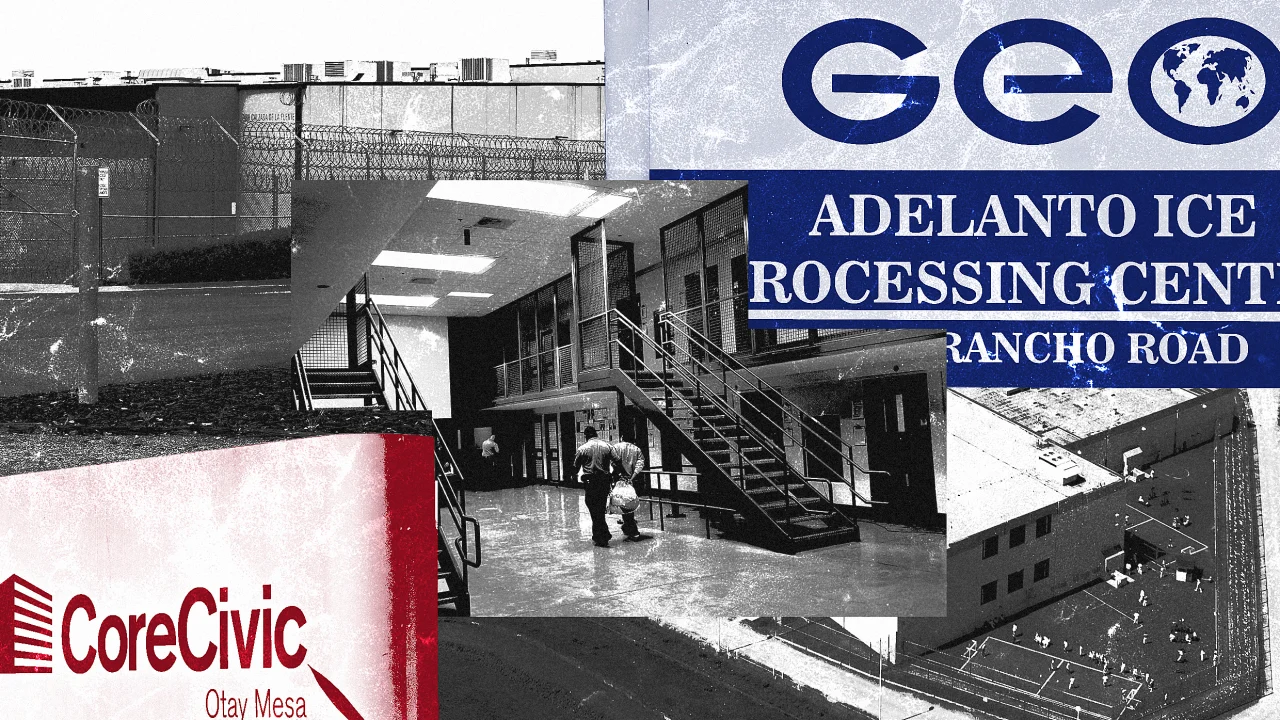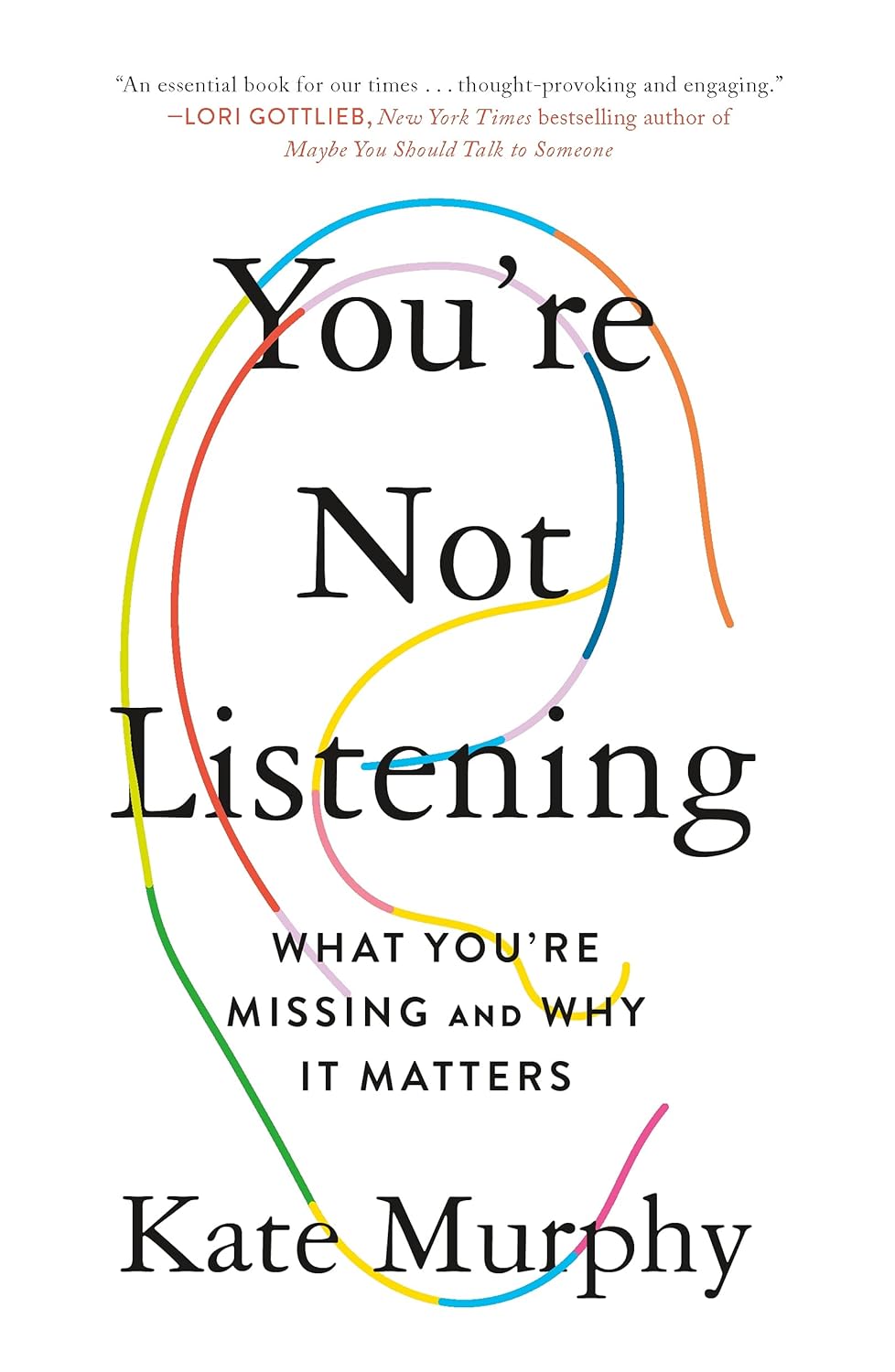Is Closed Rhinoplasty the Right Nose Job for You? Here’s Everything You Need to Know
Considering a nose job? Discover the benefits, procedure, and recovery process of closed rhinoplasty—the less invasive approach to nose reshaping that’s gaining traction.

What Is Closed Rhinoplasty?
Closed rhinoplasty, also known as endonasal rhinoplasty, is a surgical technique used to reshape the nose without making any external incisions. That’s right—no visible scars. Surgeons operate through the nostrils, accessing and reshaping internal nasal structures discreetly. This technique contrasts with open rhinoplasty, where a small incision is made across the columella—the strip of skin between the nostrils.
But why do patients choose this method over others?
Simply put: it’s less invasive, leaves no external marks, and generally boasts a quicker recovery. The internal incisions minimize trauma, which typically translates to reduced swelling and downtime.
This technique is especially ideal for patients seeking subtle refinement—think smoothing out a dorsal hump or adjusting nasal tip projection—rather than major structural changes.
Benefits of Choosing Closed Rhinoplasty
You might be wondering, “Is closed rhinoplasty really better than open?” The answer depends on your goals—but here are several reasons why it's so popular:
-
No External Scars: Since all incisions are inside the nostrils, there are zero visible marks.
-
Faster Healing Time: Many patients report shorter recovery periods and less post-op swelling.
-
Less Invasive Approach: It’s more conservative, with limited dissection of nasal tissues.
-
Ideal for Subtle Changes: Perfect for minor corrections or enhancing existing features.
In short, closed rhinoplasty offers an elegant, discreet path to nasal refinement, particularly when major structural alterations aren't required.
Who Is a Good Candidate for Closed Rhinoplasty?
Not everyone is a candidate—but many are. So, who qualifies?
✔️ You’re in good overall health
✔️ You want minor or moderate aesthetic changes
✔️ You have realistic expectations
✔️ You're not undergoing a complex revision surgery
This technique is often recommended for first-time nose jobs and patients looking to tweak rather than transform. For instance, if your main concern is a small bump on the bridge or a slightly droopy nasal tip, this approach might be perfect for you.
The Closed Rhinoplasty Procedure: Step-by-Step
Let’s break it down. What actually happens during surgery?
-
Consultation: You’ll discuss goals, expectations, and get your nose evaluated.
-
Anesthesia: Local with sedation or general anesthesia is used.
-
Internal Incisions: Surgeons access bone and cartilage through the nostrils.
-
Reshaping: Adjustments are made using precision tools.
-
Closure: Incisions are closed with dissolvable sutures.
-
Recovery Begins: Most patients return home the same day.
A skilled surgeon makes all the difference here. The limited visibility means experience is key. Look for someone board-certified and well-versed in closed rhinoplasty.
Recovery Timeline After Closed Rhinoplasty
Let’s talk healing. What can you expect post-op?
-
Days 1–3: Swelling and mild discomfort; rest is essential.
-
Week 1: Nasal splint removal; return to light activities.
-
Week 2–3: Bruising fades; you may look "photo ready."
-
Month 1–2: Most swelling subsides.
-
Months 3–6: Final shape continues to refine.
And here’s the good news—because the trauma is minimized, recovery tends to be smoother compared to open rhinoplasty. Just don’t rush things. As with any surgery, patience pays off.
Common Risks and Complications
Every procedure carries some risk. With closed rhinoplasty, complications are rare but can include:
-
Asymmetry or dissatisfaction with results
-
Nasal obstruction or breathing difficulty
-
Infection (though rare with sterile techniques)
-
Prolonged swelling in sensitive cases
These are often preventable through proper surgical technique and aftercare. Always follow your surgeon’s post-op instructions to the letter.
Closed Rhinoplasty for Breathing Issues: Does It Work?
Surprisingly, yes—closed rhinoplasty isn’t just about looks. Many patients undergo it to correct functional issues like:
-
Deviated septum
-
Collapsed nasal valves
-
Turbinate hypertrophy
If your nose whistles when you breathe or you’ve got one constantly blocked nostril, this procedure might just be your ticket to better airflow—and better sleep.
How to Choose the Right Surgeon for Closed Rhinoplasty
Not all plastic surgeons are created equal. When seeking someone for a closed rhinoplasty, keep this checklist in mind:
-
Board certification in facial plastic surgery or otolaryngology
-
Portfolio of before/after photos
-
Positive patient reviews and testimonials
-
Experience specifically in closed techniques
A surgeon with an artistic eye and technical precision can dramatically improve your results—and peace of mind.
Real Patient Stories: What People Are Saying
From celebrities to everyday folks, many are turning to closed rhinoplasty for its subtle yet stunning results. Consider Sarah, 29:
“I always hated the bump on my nose, but I didn’t want anything too drastic. My surgeon recommended closed rhinoplasty and I’m so glad I went for it. No one could tell I had surgery, but everyone says I look more polished!”
These success stories reflect not just aesthetic gains, but boosts in self-esteem and comfort in one's own skin.
FAQs
How long does a closed rhinoplasty take?
Typically, it takes 1 to 2 hours, depending on the complexity of changes.
Can you combine closed rhinoplasty with other procedures?
Absolutely. Many patients combine it with chin augmentation or eyelid surgery for balanced facial aesthetics.
Is closed rhinoplasty painful?
Most people experience mild discomfort and describe the sensation as pressure rather than pain. Medications easily manage it.
When can I return to work or school?
Most return after 7–10 days, once swelling and bruising start to fade.
Are the results of closed rhinoplasty permanent?
Yes, results are long-lasting, though minor changes may occur as your nose continues to settle.
Conclusion
If you’re after a nose job that’s discreet, effective, and requires less downtime, closed rhinoplasty might be your golden ticket. It delivers refined results without leaving visible scars, making it a favorite among those seeking natural, undetectable enhancements.
That said, the key to success lies in choosing the right surgeon, setting realistic goals, and giving yourself ample time to heal. When done right, this technique can provide not only a more harmonious facial profile but also renewed self-confidence.


































































![https //g.co/recover for help [1-866-719-1006]](https://newsquo.com/uploads/images/202506/image_430x256_684949454da3e.jpg)
























![How Smart PMs Scale Their Careers in Any Org [TPG Live Recap]](https://tpgblog.com/wp-content/uploads/2025/06/2025-06-12-thumbnail-action.png?#)


















































